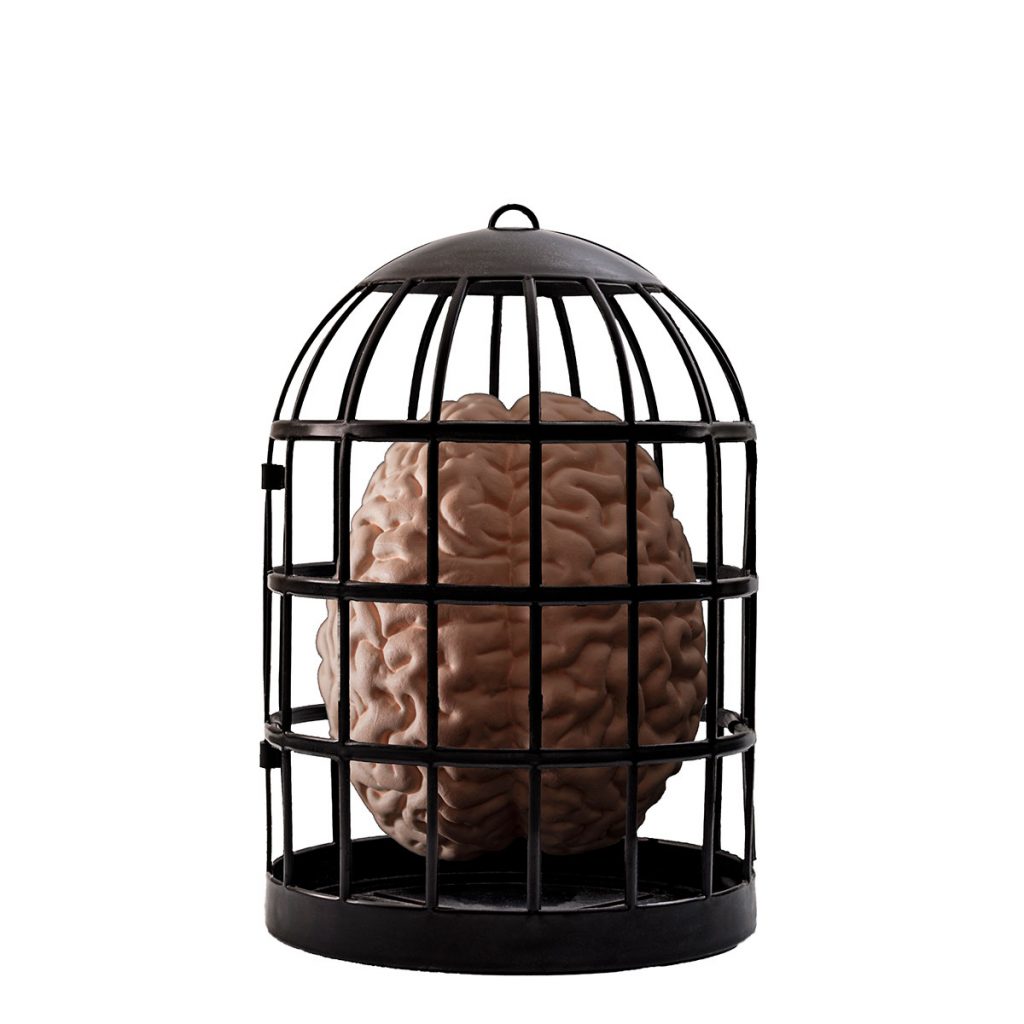Blog Series | The View From my -SHIPs
Welcome to my fleet of -SHIPs: my stories on leadership, friendship, personal relationships, business partnerships, personal ownership, the money-ship and a sneak peek into my world on the metaphysical mothership.
A typical telephone conversation with my father usually started off by asking how my son was, completely skipping over me, then transitioned into venting about all the things going wrong in his life that are ‘outside his control’.
For example, a call I had on January 14, 2020, the conversation revolved around his current affairs. The first was that my father needed to sell the restaurant property that had been neglected for 8 years. When the Chinese buffet tenant first vacated 8 years prior, I told him to hire a commercial real estate agent. He didn’t want to pay the $85,000 in real estate agent commissions, fees, and aesthetic repairs on a $1,000,000+ property because it was a waste of money. After all, he could do it himself. Instead, he had a FOR LEASE vinyl sign printed and hung it on the existing free-standing sign on the corner of the property, covering up the previous tenant’s business name. Now, eight years later, he was trying to sell it for $350,000 AS IS. You might be wondering why AS IS. Well, when the tenant moved out my father never touched the property. He blamed the tenants for being bad tenants, but I can’t, in good conscious, say that he did his best as a landlord to ensure their complaints were heard. I had a real estate agent and her team go in to look at it during the start of the pandemic and based on how they described the place, I would have though we were talking about a carefully crafted movie set for a post-apocalyptic thriller. They reported back that there were large Jello trays still sitting in the roll-away lunch buffet carts and wet spots in the carpet from where the roof was leaking. Salt and pepper still sat on the tables. Apparently, the tenants just walked away after a day of operation, and nothing was touched in the over 8 years it had been vacant.
The second topic was the current condition of his liver failure. “I just don’t know why this is happening. I don’t drink alcohol. It just doesn’t make any sense.”
“You’re a diabetic and obese, dad.” (Keeping what I really wanted to say out loud to myself: “…that kept eating shitty foods like Hostess cakes and glazed donuts and didn’t deal with your internalized anger. WTF did you think was going to happen?”)
Then he mentioned that he was upset that he had to spend money on his 1990-something truck. He just didn’t understand why it was giving him so many problems. “It was doing find until recently. I don’t understand.” So I asked him, “when was the last time you had a maintenance checkup done?”
“Those mechanics are a rip off. They’re all crooks.” And there was my answer.
And the final topic before I’d had enough of the conversation involved the house my father purchased with cash at auction in 2006 but never lived in. He told me that it was falling apart ‘all of a sudden’. So I asked, “What have you done for upkeep since you bought it?”
“Nothing. It’s been virtually maintenance free. Just needed a new boiler.” He said.
The house needed work when I stayed there back in 2009, while I was visiting for my baby shower. At that time, the basement rooms were not useable because it had flooded and the sump pump was doing its thing. I couldn’t imagine what the house looked like in 2020.
My brothers shared that the neighbors had gotten together and created a fake citation from the city stating he needed to maintain his yard or he would be fined. They were trying to help. Now, fifteen years after buying the house, he wasn’t physically well enough to mow the yards and expected my brothers to do the work…just because.
My father never dated after my parents divorced in the early 90s. He was afraid of the stock market because he got burnt in the 1980s. As I’m writing this in 2021, he uses a flip phone that doesn’t allow texting. I don’t know if texting cost too much to add to his pre-paid plan or if he didn’t want to buy the bigger phone with the bigger buttons for his bigger thumbs or if he just wanted to make life harder for those that wanted to communicate with him. Maybe all of the above. He isn’t willing to learn how to use a smartphone. He’s had the same iPad for about a decade and still hasn’t mastered liking or tagging photos on Facebook and doesn’t know what to do when it doesn’t work right.
His view of mental health therapy is the same as the mechanic, the real estate agent, the restaurant down the street… well you get the gist. They’re all crooks and it’s all a waste of money. You can’t trust any of them. From my view, it appeared that everyone was out to get him, no one is trustworthy, and nothing in life is safe. He’s not able to do it himself but the world outside isn’t safe, quite a paralyzing predicament.
The more failures he experienced, the fewer risks he took and the smaller his box got. He is still stuck in the 1990s when most of his trauma occurred, while the rest of the world moved forward. His life keeps getting smaller and smaller like the capability of a 1990s computer running Windows 3.0 compared to today’s Windows 11 touch screen technology. It just can’t keep up.
In 1965, Martin Seligman, Steven F. Maier, and Bruce Overmier discovered something unexpected while conducting experiments on dogs. Before I go into the significance of this experiment, understand that this was the 1960s and we didn’t have the development or understanding of mental health in humans that we do now. What Seligman did then would now be considered cruel animal punishment but at that time it was significant and incredibly relevant in understanding learned helplessness in humans. The research offered huge insight into understanding human behavior. If you are uncomfortable with animal experiments, please skip over this section and move to the next post.
The intent of this experiment was to understand “the relationship of fear conditioning to instrumental learning.” Mongrel dogs (mixed breed) were collected and used for these experiments and placed in a Pavlovian hammock, a sling like hammock for the underbelly with four holes so that the limbs of the dog fit through and the dogs were able to stand fully on the metal flooring below. It would make it so that the animal couldn’t move in any direction but could stand on all four legs.
The dogs were split into 3 groups: Group 1 dogs were placed in the hammock and heard a tone then received shocks from the metal grid flooring without any way to escape; Group 2 dogs were also strapped in the hammock but received no shock; Group 3 were also strapped in the hammock and received the tones then the shocks but were able to cease the shocks by pressing a button with their nose. The shocks were moderately painful but not physically damaging.
All three groups of dogs were then moved to part 2 of the experiment and placed in a 2-chamber shuttle box to receive shock once again through the floor, sans the hammock, but this time they could hop over the short wall to safety. How I would describe the shuttle box is to imagine two cardboard boxes bigger than the dog, positioned side by side, with the top half of the shared inner wall removed to leave a half wall so the dog could jump over to the other side but couldn’t escape the contained space of the two boxes. Except these were more structured chamber walls, not cardboard.
What Seligman found was that the dogs belonging to Group 2, the controllable situation group, the ones that received no shock, quickly figured out they could run around and jump over the short wall to the non-electrified ‘safe’ side of the shuttle box. Group 3, also known as the naïve group, were the ones that had used their nose to stop the shocks, after running around frantically would accidently discover that jumping over the wall brought them to safety. Group 1, the group that received shock without any way to escape, didn’t jump over the short wall to safety. After about 30 seconds of running around frantically, they just laid down. They whined, cowered, and just accepted the round of shocks as part of their fate. The Group 3 dogs had acquired learned helplessness. Seligman says in his book Helplessness, “When the emotional balance is disturbed: depression and anxiety, measured in various ways, predominate.”
But the experiment gets more curious. The experimenters then took the Group 1 learned helplessness dogs and physically helped them over the wall, making them perform the behavior of seeking safety. Essentially curing them of the learned helplessness. Further concluding environment can create learned helplessness and learned helplessness can be cured. Learned helplessness is not a permanent state. They say you can’t teach an old dog new tricks but this experiment proved otherwise…assuming the dog is willing to learn the new trick.
As an adult child, it’s paralyzing to watch learned helplessness up close and personal. No amount of my effort or suggestions could stop my father’s world from shrinking. That, in itself, is a helpless feeling.
There are many stories in this blog series highlighting the emotional effects of trauma on personal relationships, business partnerships, and life. Trauma impacts every facet of our life over and over again until we face it head on.
Annie is a doctor of metaphysics that specializes in the impact of energy in the form of emotions on mind, body, business, and life. Many of her clients come to her because modern medicine and traditional psychology failed to relieve suffering while others come to her for spiritual advancement or metaphysical mastery.
Visit https://oneemprima.com/ to schedule a free 15 minute session or follow her on social media.




